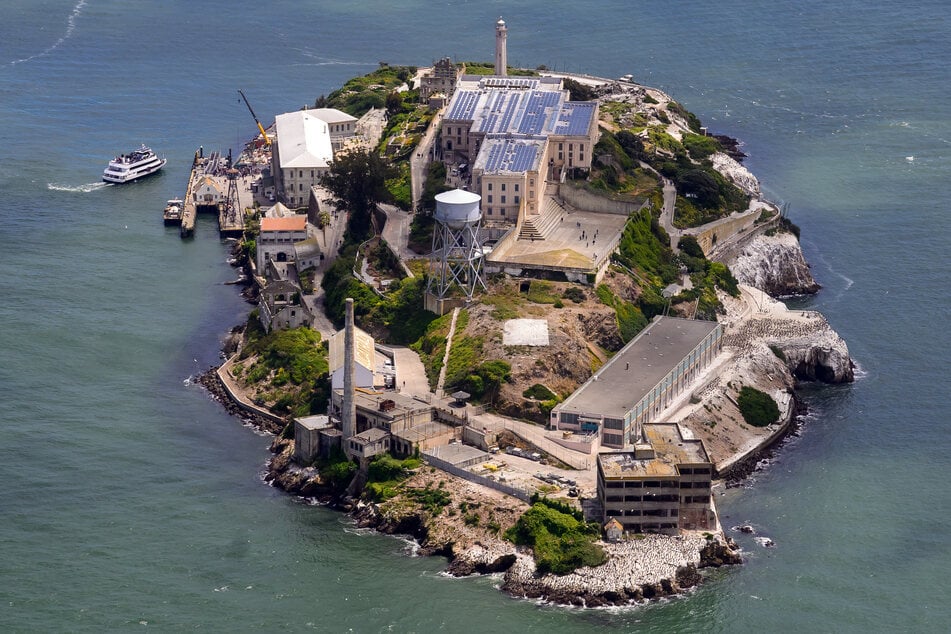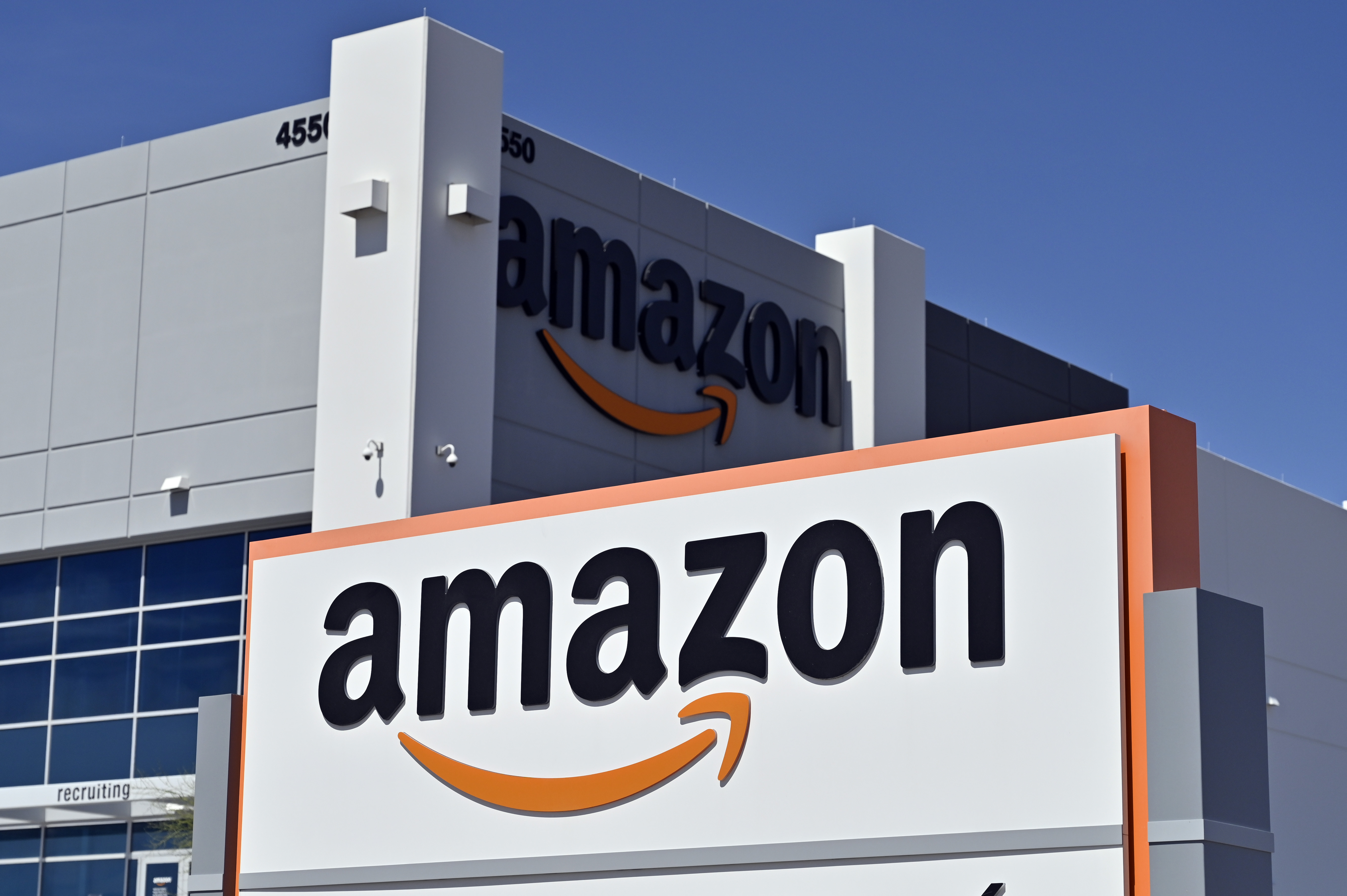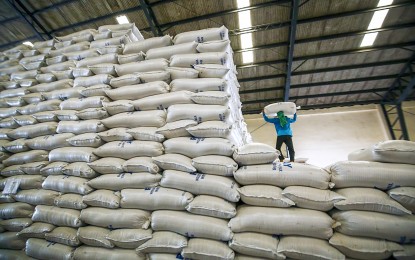President-elect Donald Trump's economic platform placed a significant emphasis on tariffs, proposing a sweeping policy that would impose a 10-20% tax on all imports, with even steeper levies—60-100%—on goods originating from China. This bold strategy was presented as a dual-pronged approach: generating revenue for the U.S. government to offset tax cuts and simultaneously extracting funds from rival nations. However, this vision clashes sharply with the consensus among economists who foresee a substantial increase in consumer prices as the most likely outcome.
The mechanics of tariffs are relatively straightforward. Essentially, they are taxes on imported goods, paid not by the exporting country, but by U.S. companies importing those goods. This mechanism serves two primary purposes: protecting domestic industries by making imports more expensive and thus less competitive, and generating revenue for the U.S. government. The Tax Foundation, a non-partisan organization, estimated that a universal 10% tariff could generate $2 trillion in revenue between 2025 and 2034, while a 20% tariff would yield $3.3 trillion. While these figures appear substantial, the Tax Foundation also concluded that this revenue would be insufficient to cover the revenue shortfall resulting from making the 2017 Tax Cuts and Jobs Act permanent. Furthermore, Trump's more ambitious proposal to replace federal income tax entirely with tariffs was dismissed as "literally impossible" by the Peterson Institute for International Economics.
The central concern raised by opponents of Trump's tariff plan, and a point of contention throughout his presidential campaign, centers on the impact on consumer prices. While the precise magnitude of price increases is difficult to predict with certainty—it's not a simple case of a direct 20% increase mirroring a 20% tariff—various economic organizations have offered estimates of the potential annual cost to U.S. households. These estimates range from a conservative $2,600 per household (Peterson Institute for International Economics) to a more substantial $4,000 (Center for American Progress and the American Action Forum). The Tax Foundation, using its own models, offers more nuanced figures tied directly to the tariff percentage.
It's important to note that Trump's previous tariff policies, implemented in 2018 and 2019 on specific Chinese goods (including aluminum, steel, semiconductors, and electric cars), did not trigger runaway inflation. These tariffs, some of which remain in place or have even been increased under the Biden administration, offer a limited case study. However, experts caution that a far more comprehensive and aggressive tariff policy, as initially proposed, could easily escalate into a trade war. Such a scenario, characterized by retaliatory tariffs from affected countries, would likely result in higher prices for consumers in all participating nations, a consequence that represents a significant economic risk.













/https://tf-cmsv2-smithsonianmag-media.s3.amazonaws.com/filer_public/54/66/546650fa-26a4-40fd-8d6d-5a7a04540f81/rosetta2.png)
:max_bytes(150000):strip_icc():focal(999x0:1001x2)/robert-prevost-050825-1-39395418ab494da5a3a700c9478e66c8.jpg)















































format(webp))
format(webp))

























